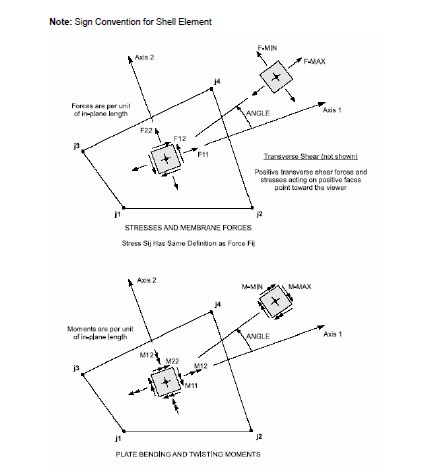Hi there, I am currently assigned to make the general layout of High rise building in ETABS, and once my senior reviews basic framing, he'll take over the model and carry on with the setting up Dynamic (Response Spectrum) parameters, etc and then on to design process. Thing is that I am very interested in this project and just don't want to constrain myself to model the structure and then hand it over. I am interested in understanding how seismic forces (Base shear) are distributed and attracted by shear walls based on their relevant stiffnesses. Moreover, I am struggling with the concept of using stiffness modifiers so as to model structure as close to reality as possible.
For this particular high-rise structure, my senior recommended using a Dual system with Intermediate Moment Resisting frames and Special Reinforced Concrete Shear Walls having a Response Modification Factor of 6.5. (ASCE 7-16, TABLE 12.2-1 (E2))
What I understand from this is that we have to model our structure in such a way that Shear walls resist lateral loads and the Moment resisting frame system carries the gravity load and as a backup, is capable of resisting at least 25% lateral forces.
Normally we use the following modifiers when designing shear walls for similar building systems.
f11=f22=0.7, f12=1, m11,m22,m33=0.01 (Which I assume suggests that we won't be designing our shear walls for out-of-plane bending moments and looks plausible.
Given these particular stiffness modifiers, I am doubtful about using f11 or f22 (whichever controls flexural behavior) equal to 0.7 for designing shear walls. In my opinion, by using these modifiers we are underestimating Seismic forces and it might lead to shear walls being under-design. I have been reading about Stiffness modifiers for the past few days and am a bit confused with my conclusion, therefore want someone to help me understand how to apply stiffness modifiers considering different structural systems.
I believe we should initially run f11 and f22=0.7 and see if our walls are cracking or not. If they are not cracking, then 0.7 would suffice. And if they are, we have to further reduce the stiffness of these particular shear walls to 0.35 as per ACI code requirements and design these walls for reduced stiffnesses. Moreover, I am struggling with understanding what role "f12" stiffness modifier plays in shear wall analysis/design.
And lastly, the reason for asking this here is that my senior isn't that helpful when it comes to sharing knowledge. Since I am a BSc graduate and we didn't study lateral systems during our studies, I struggle with these concepts but at the same time, this is exactly what interests me a lot. It would be great if someone can recommend some good books to develop a good understanding on this subject.
Thanks.
For this particular high-rise structure, my senior recommended using a Dual system with Intermediate Moment Resisting frames and Special Reinforced Concrete Shear Walls having a Response Modification Factor of 6.5. (ASCE 7-16, TABLE 12.2-1 (E2))
What I understand from this is that we have to model our structure in such a way that Shear walls resist lateral loads and the Moment resisting frame system carries the gravity load and as a backup, is capable of resisting at least 25% lateral forces.
Normally we use the following modifiers when designing shear walls for similar building systems.
f11=f22=0.7, f12=1, m11,m22,m33=0.01 (Which I assume suggests that we won't be designing our shear walls for out-of-plane bending moments and looks plausible.
Given these particular stiffness modifiers, I am doubtful about using f11 or f22 (whichever controls flexural behavior) equal to 0.7 for designing shear walls. In my opinion, by using these modifiers we are underestimating Seismic forces and it might lead to shear walls being under-design. I have been reading about Stiffness modifiers for the past few days and am a bit confused with my conclusion, therefore want someone to help me understand how to apply stiffness modifiers considering different structural systems.
I believe we should initially run f11 and f22=0.7 and see if our walls are cracking or not. If they are not cracking, then 0.7 would suffice. And if they are, we have to further reduce the stiffness of these particular shear walls to 0.35 as per ACI code requirements and design these walls for reduced stiffnesses. Moreover, I am struggling with understanding what role "f12" stiffness modifier plays in shear wall analysis/design.
And lastly, the reason for asking this here is that my senior isn't that helpful when it comes to sharing knowledge. Since I am a BSc graduate and we didn't study lateral systems during our studies, I struggle with these concepts but at the same time, this is exactly what interests me a lot. It would be great if someone can recommend some good books to develop a good understanding on this subject.
Thanks.

